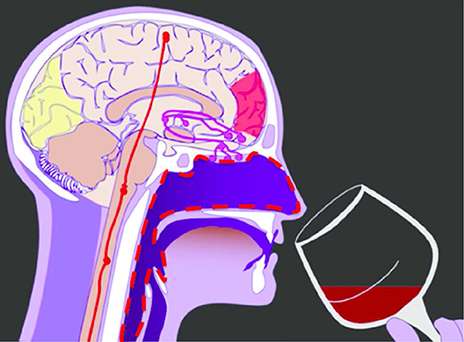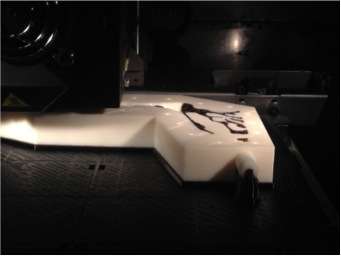3-D model of human retronasal olfactory sense

The sweetness of a peppermint candy can be experienced with the nose pinched shut, but flavor is detectable only when the pinch is released and volatiles in the candy are exhaled back into the nose where smell receptors exist.
Exactly how this happens was not known, but now a multi-disciplinary team at Yale University has built a 3-D model of the mechanisms that help bring flavor into our lives.
"The study appears to confirm that humans are especially adapted to enhance this form of smell, and reinforces the idea of the central role flavor plays in human diets," said Gordon Shepherd, professor of neuroscience and senior author of the paper appearing the week of Nov. 9 in the journal Proceedings of the National Academy of Science.
The collaboration involved flow dynamics researchers from engineering and imaging experts at the medical school, who created a scan of the throat, which in turn was used to create a 3D printout at the Yale Center for Engineering Innovation and Design.
Researchers said they were surprised to find that the dynamic flow patterns suggested that the oropharynx at the back of the mouth was shaped to allow particles to collect in a virtual cavity where they could be efficiently picked up by the exhaling flow, a process known as retronasal smell. In contrast, the flow lines during inhalation passed right by this cavity, thus minimizing the transport of particles into the lungs. This difference occurred even at the relatively low flow rates during normal breathing when we are eating.

The researchers speculated that these mechanisms allow us to immediately sense by retronasal smell—as well as touch and taste —whether to accept a substance in our mouth. In addition, inhalation of the volatiles into the lungs is minimized in case those volatiles provide a warning not to accept the food.
More information: R. Ni et al. Optimal directional volatile transport in retronasal olfaction, Proceedings of the National Academy of Sciences (2015). DOI: 10.1073/pnas.1511495112












